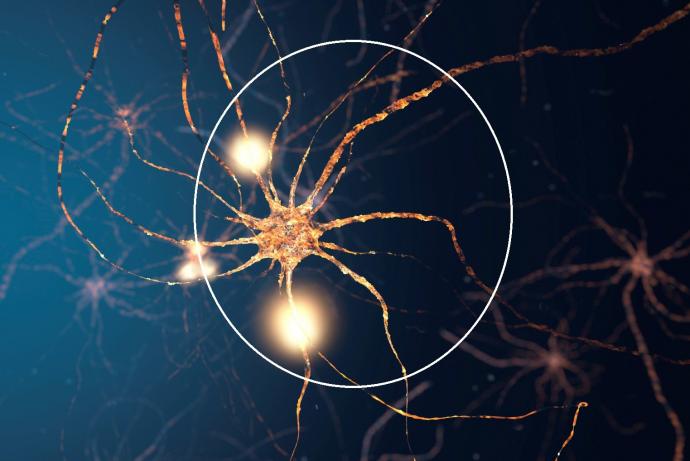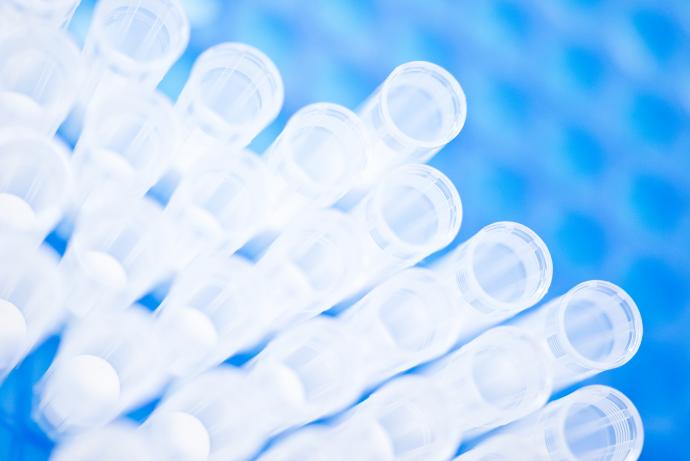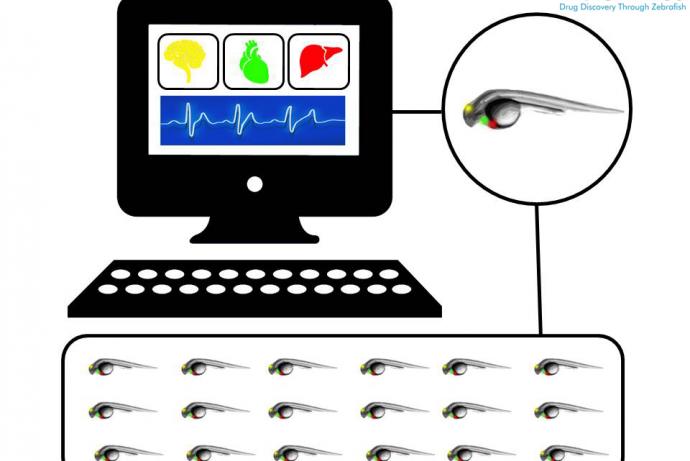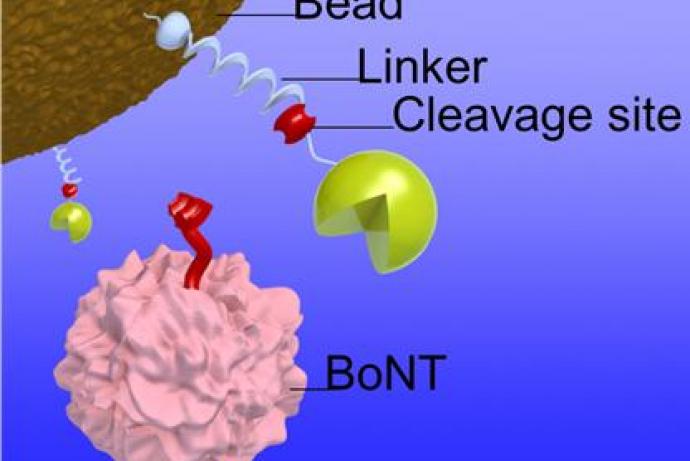Neuratect
The aim of this Challenge was to generate physiologically-relevant human stem cell-based model(s) to identify neurotoxicity (neuronal viability/functional impairment) in vitro. It was expected that the platform would integrate morphological/structural endpoints with electrophysiological parameters.
The same platform was to be translatable to safety pharmacology applications to assess seizure liability, in order to replace the current gold standard ex vivo hippocampal slice assay.
To address the Challenge, a team led by Dr Jos Joore at MIMETAS BV, has developed the NeuroScreen-3D platform composed of human induced pluripotent stem-cell derived neurones and astrocytes cultured in 3D in OrganoPlates®.
Publication
Tukker AM et al. (2019). Towards Animal-Free Neurotoxicity Screening: Applicability of hiPSC-Derived Neuronal Models for In Vitro Seizure Liability Assessment. Altex. https://doi.org/10.14573/altex.1907121.
Challenge completed
Through the Neuratect Challenge, the team led by Dr Jos Joore, MIMETAS BV has developed the NeuroScreen-3D platform composed of human induced pluripotent stem-cell derived neurones and astrocytes cultured in 3D in OrganoPlates®.
Publication
Tukker AM, Wijnolts FM, de Groot A, et al. (2018). Human iPSC-derived neuronal models for in vitro neurotoxicity assessment. Neurotoxicology 67: 215-225. doi.org/10.1016/j.neuro.2018.06.007.
Publication
Hondebrinck L et al. (2017). Neuropharmacological characterization of the new psychoactive substance methoxetamine. Neuropharmacology, 123, 1-9. doi.org/10.1016/j.neuropharm.2017.04.035.
Conference presentation
Safety pharmacology (SPS) Annual Meeting (Berlin, Germany)
3D brain model of iPSCs derived neurons and glia for high-throughput in vitro neurotoxicity screening.
Publication
Wevers NR, Van Vught R, Wilschut KJ, et al. (2016). High-throughput compound evaluation on 3D networks of neurons and glia in a microfluidic platform. Scientific reports 6: 38856. doi.org/10.1038/srep38856.
Publication
Tukker AM, de Groot MW, Wijnolts FM, et al. (2016). Is the time right for in vitro neurotoxicity testing using human iPSC-derived neurons? Alternatives to animal experimentation 33(3):261-271. doi:10.14573/altex.1510091.
Phase 2 awarded
A team led by Dr Jos Joore, MIMETAS BV, has been awarded £999,902 to deliver the project: NeuroScreen-3D: microfluidic microtiter plates for in vitro neurotoxicity screening.
Phase 1 awarded
Five Phase 1 Awards were made to project teams led by:
- Dr Angela Bithell, University of Reading, £98,981.
- Dr Paolo Cesare, Natural and Medical Sciences Institute at the University of Tübingen, £100,000.
- Dr Jos Joore, MIMETAS BV, £99,825.
- Professor Andrew Randall, University of Bristol, £99,882.
- Dr Alexandra Voss, NeuroProof GmbH, £100,000.
Challenge launched
Sponsored by GSK, Sanofi-Pasteur and Abbvie, the Neuratect Challenge aims to develop a physiologically-relevant human stem cell-based model to identify neurotoxicity (neuronal viability/functional impairment) in vitro. It is expected that the platform will integrate morphological/structural endpoints with electrophysiological parameters. The same platform should also be translatable to safety pharmacology applications to assess seizure liability, in order to replace the current gold standard ex vivo hippocampal slice assay.
Background
Detection of neurotoxicity and seizure liability induced by chemicals and pharmaceuticals presents a major scientific challenge due to the physiological and morphological complexity of the central nervous system (CNS). Regulatory authorities such as the Organisation for Economic Co-operation and Development and the US Environmental Protection Agency along with ICH guidance for the pharmaceutical industry rely on animal studies in their regulatory requirements. Neurotoxicity studies, including developmental neurotoxicity studies, are required for new chemicals and for CNS drugs in development. CNS drugs also undergo the seizure assessment for safety pharmacology.
For neurotoxicity studies, assessment of potential functional impairments is performed using in vivotest methods with associated neuropathological endpoints. Example tests include:
- Neurobehavioural deficits (e.g. Functional Observational Battery (FOB)/Irwin).
- Alterations to learning and memory (e.g. Water maze, T/Y-maze).
- Loss of sensory and motor function(e.g. startle response, gait analysis, grip strength).
Seizure assessment for safety pharmacology is performed using a stepwise approach starting with ex vivo assays followed by in vivo models.
These studies are not always predictive of adverse events in humans, are costly and time consuming and not amenable to high throughput testing of chemicals and compounds.
Advances in technology and questions around the utility of animal models, as well as associated welfare concerns, have resulted in scientists looking for better and more predictive alternatives for toxicological testing of new compounds that minimise animal use in assessing the potential impact of consumer products on the neurological system.
In particular, recent developments in (3D) cell cultures and techniques applied to explore stem cell differentiation have demonstrated the potential to develop complex tissue structures in vitro. There is increasing evidence that these 3D culture systems can capture important components of the complex physiology of a tissue or an organ better than classical monolayer approaches. For example, a human neuronal stem cell line derived from umbilical cord blood (HUCB-NSC) has been used to test developmental neurotoxicity using morphological and structural endpoints.
Recent studies have described the culture and interrogation of primary and human induced pluripotent stem cells (iPSCs) neurones for the assessment of various parameters of neurotoxicity. However, as yet, there is no integrated, human relevant, in vitro 3D system for assessing neurotoxicity or seizure liability based on the inherent physiological characteristics of the neurological system (i.e. electrophysiological, tissue architecture, neuronal cell type) that is fit for purpose for use in the commercial sector. The rapid progress in the use of human iPSCs and innovation in the supporting technology platforms provide the opportunity to develop a dynamic, human-relevant strategy to screen for neurotoxicity and seizure liability potential in vitro.
3Rs benefits
- Regulatory assessment of neurotoxicity and seizure liability relies solely on in vivo testing. To carry out these studies for one compound currently requires several hundred rodents and costs approximately £1 million.
- A physiologically-relevant 3D in vitro iPSC-based model could replace the significant number of animals currently used to assess the potential neurotoxicity and seizure liability induced by chemicals and pharmaceuticals.
Phase 1 winners
- Dr Angela Bithell, University of Reading, £98,981.
- Dr Paolo Cesare, Natural and Medical Sciences Institute at the University of Tübingen, £100,000.
- Dr Jos Joore, MIMETAS BV, £99,825.
- Professor Andrew Randall, University of Bristol, £99,882.
- Dr Alexandra Voss, NeuroProof GmbH, £100,000.
Phase 2 winner
Project team lead by:
- Dr Jos Joore, MIMETAS BV, £999,902.
Full Challenge information
Assessment information
The team led by Dr Jos Joore, MIMETAS BV has developed a microfluidic cell culture platform, termed NeuroScreen 3D, using the OrganoPlate® system coupled with a co-culture of human-induced pluripotent stem cell-derived neurons and astrocytes from Cellular Dynamics International. The cultures form neuronal networks and demonstrate burst activity which can be measured by calcium imaging. Measurements of burst activity showed that NeuroScreen 3D can discriminate between compounds with known seizurogenic activity selected by the Sponsors. The platform provides the ability to multiplex calcium imaging assays with neurite outgrowth and cell viability measurements and integrates single neuron activity detection for highly granular data analysis. The Sponsors are at various stages of evaluating the technology in-house. The components of NeuroScreen are available commercially.
A 3D human stem cell-based model for the assessment of neurotoxicity and seizure liability
MIMETAS has developed a co-culture of human-induced pluripotent stem cell-derived neurons and astrocytes in the OrganoPlate® for the assessment of neurotoxicity and seizure liability. The cultures form neuronal networks and demonstrate burst activity which can be measured by calcium imaging. The platform provides the ability to multiplex calcium imaging assays with neurite outgrowth and cell viability measurements.
In vitro modelling of seizurogenic activity offers the potential to screen large numbers of compounds in early development and mitigate downstream seizure concerns without using animals.
Features
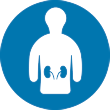


Access the technology
Find out more about this product on the Mimetas website.
